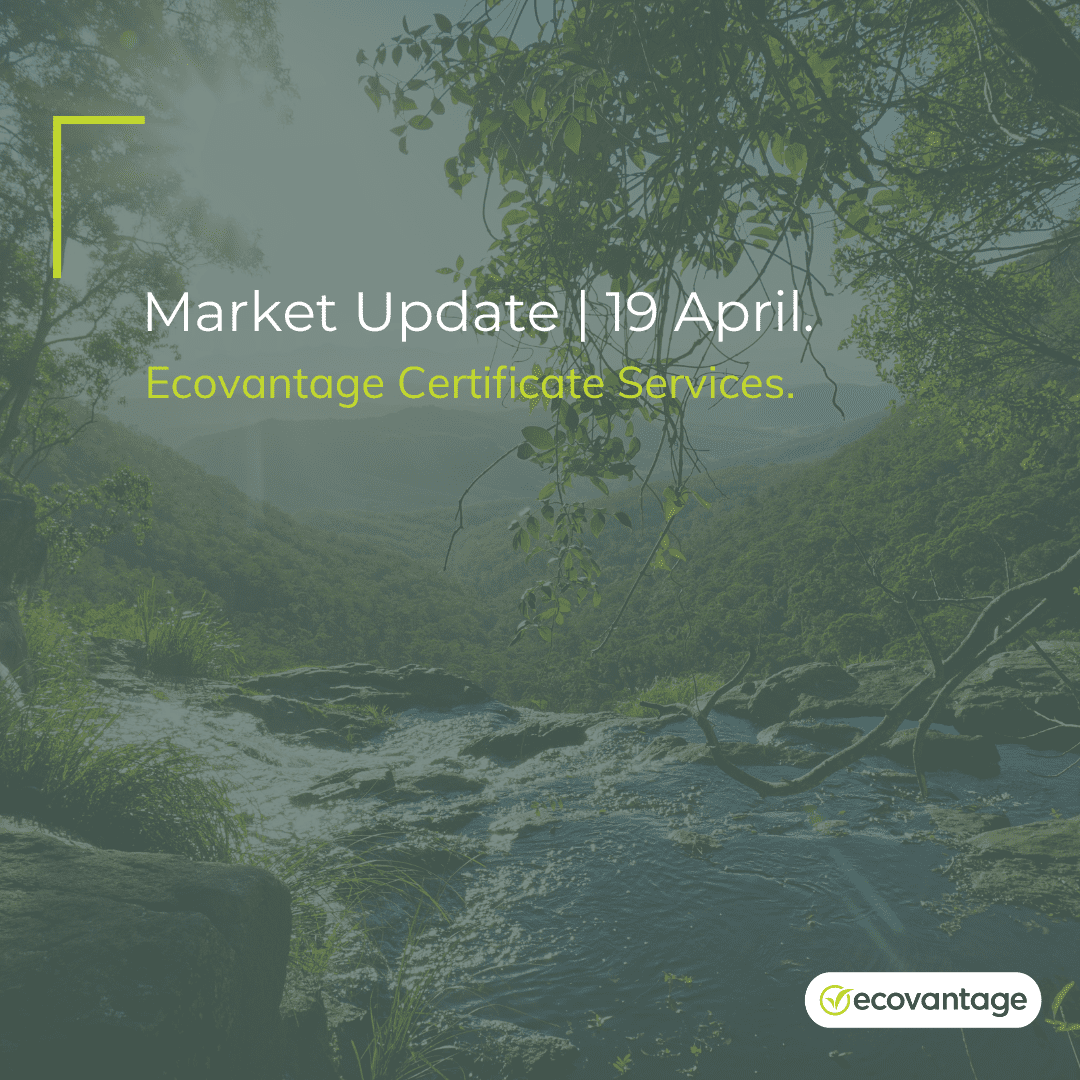Renewable Energy Attributes
On the quest to procure renewable energy, Australian companies are faced with a few different options. These options can be confusing to understand and depending on your requirements, some may not be available for use. This feature outlines the different renewable energy commodity options available in Australia and how your organisation might use them.
1. Renewable Energy Certificates
Renewable energy certificates, commonly referred to as RECs, are a market-based instrument that provides a renewable energy generator with the ability to create an energy commodity. For every MWh of energy that is generated by renewable sources and fed into the grid, one REC can be generated. These RECs can then be sold to liable entities or into the voluntary market.
When RECs are sold to another party, this party may choose to retire the certificates. The retirement of RECs allows the retiring organisation to claim the renewable energy benefit from the REC. This means that organisations who may not be able to obtain on-site renewable energy can still procure renewable energy through the purchase and retirement of RECs.
Renewable Energy Certificates in Australia
In Australia, RECs are generated under the Renewable Energy Target and include:
- Large-scale Generation Credits (LGCs) for systems larger than 100 kW. LGCs are created for every MWh of actual generated electricity that is imported to the grid. LGCs can be used for compliance by liable entities who are required to surrender these certificates annually or by organisations looking to obtain off-site renewable energy sources. The entity that retires an LGC has ownership over the renewable energy attribute as well as any carbon emissions attributes. This means that retiring LGCs allows for organisations to claim the use of renewable electricity as well as the zero emissions associated with its generation.
- Small-scale Technology Certificates (STCs) from individuals and businesses installing small-scale renewable energy systems under 100 kW. STCs are a deemed certificate and are created on an assumed generation of renewable energy. Only the renewable energy generator who creates STCs is able to claim the renewable energy benefit as well as any related carbon emissions attributes from these certificates.
2. Power Purchase Agreements
A Power Purchase Agreement (PPA) is a long-term agreement which allows an organisation to obtain renewable energy. PPA’s can be for both on-site or off-site renewable energy generation. An agreement for an on-site small-scale solar system is commonplace for businesses who do not have sufficient capital to deploy these systems themselves.
A PPA allows for an organisation to obtain renewable energy and commit to initiatives such as RE100 or to reduce its Scope 2 carbon emissions. This is generally through a one-off transaction between the energy buyer and the renewable energy generator or the energy retailer. The PPA may either be for just electricity, LGCs/RECs or both attributes. The energy buyer can only claim the renewable energy benefit if LGCs or RECs are included as part of the PPA.
3. International Renewable Energy Certificates
The International REC Standard Foundation (I-REC Standard) is a not-for-profit organisation that has developed a tracking mechanism for internally generated RECs. The I-REC standard adheres to best practice in order to avoid double counting, double certificate issuance, and double attribute claims. It has been acknowledged by the Greenhouse Gas Protocol (GHG Protocol), Carbon Disclosure Project (CDP), and RE100 frameworks.
Like other RECs, 1 MWh of renewable electricity is represented by the environmental attribute known as an I-REC.
In Australia, the I-REC Standard is not yet formally recognised by the CER. However, the I-REC board has decided to pursue below-baseline generation of certificates. This means that Australian renewable energy generators that were in operation before 1997 cab create I-RECs for any below-baseline electricity production.
How to select the right energy commodity
Selecting the right energy commodity for your organisation can be confusing. The following criteria should be considered when making these decisions:
- Price – pricing between each of the options above can vary. Depending on your organisation’s pricing appetite, you may choose one option over another.
- Acceptance of RECs – not all standards and frameworks accept all types of RECs. It is important to have a good understanding of the requirements of any certifications your organisation is trying to obtain to ensure you are selecting certificates that are approved for use.
- Renewable claims – To claim the renewable and carbon benefits from any renewable commodity, you must purchase and retire RECs in your company name. Ensure that the commodity you have chosen allows for this or else you may be unable to claim the additional benefits.
How Ecovantage can help
Ecovantage is an industry leader in climate solutions and supports organisations on their journey to carbon neutrality and net zero. Our Decarbonisation Unit can provide the expertise required to develop a renewable energy procurement strategy and acquire the right renewable energy certificates for your organisation. Contact our Decarbonisation Specialists to find out more.
Contact Us.
 Victoria
Victoria




